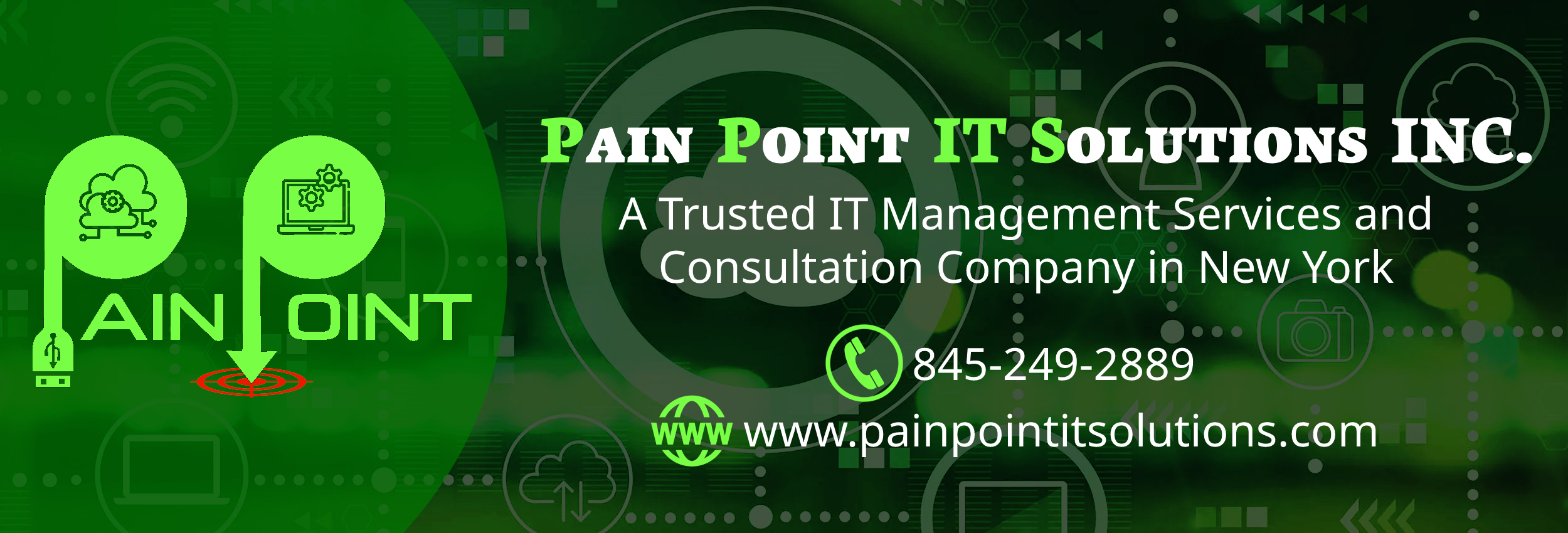In today’s fast-paced, digital world, businesses are increasingly recognizing the necessity to migrate their IT infrastructure to the cloud. Cloud migration offers various benefits, including scalability, cost savings, and increased security. However, the process of transferring your business’s IT infrastructure to the cloud can be difficult and scary. That’s where our detailed guide comes in. We’ll bring you through the crucial steps to planning a successful cloud migration, along with professional insights and best practices from industry leader Microsoft.
Conduct a Thorough Assessment
The first step in planning a successful cloud migration is to undertake a detailed review of your present IT infrastructure. This includes examining your existing hardware, software, apps, and data storage solutions. It’s crucial to understand your present environment to identify potential challenges and chances for improvement during the relocation process.
Microsoft Best Practice: Microsoft suggests utilising the Azure Migrate tool to examine your on-premises workloads and establish their readiness for migration to the Azure cloud platform. This tool provides insights into the required resources, expenses, and any potential compatibility difficulties.
Define Your Goals and Objectives
Before commencing on your cloud migration journey, it’s crucial to have a clear grasp of your goals and objectives. These may include boosting your business’s agility, reducing IT expenses, or enhancing security measures. Defining your objectives will assist you in making well-informed decisions all the way through the migration process and will guarantee that you select the most appropriate cloud solutions to meet your unique requirements.
Pick the Best Cloud Service Provider for Your Needs
In order to successfully migrate to the cloud, one of the most important steps is to choose the appropriate cloud service provider. When making your choice, you should take into account a number of different aspects, including the provider’s track record, the safety precautions they take, the cost of their services, and the kind of services they offer. Microsoft Azure, Amazon Web Services (AWS), and Google Cloud Platform (GCP) are three of the most popular options for businesses looking to migrate their operations to the cloud. Each of these platforms provides a comprehensive set of services and tools to ensure a seamless transition.
Create a plan for the migration.
Now that you have a solid grasp of both your current setup and your long-term objectives, it is time to build a comprehensive migration strategy. This strategy has to detail the exact actions, resources, and deadlines necessary for a successful migration to the cloud. When designing your plan for the migration, keep the following considerations in mind:
Determine which applications and workloads should be migrated first depending on how sophisticated they are and how much of an impact they will have on the business.
Find the migration approach that will be the most successful for you, such as “lift and shift,” “re-platforming,” or “refactoring.”
Distribute the available resources and tasks among the members of your team.
Create a schedule for the migration process that details both the milestones and the due dates for each one.
Test, then move, and finally optimise
It is vital to test your idea in some way before making a complete commitment to the migration process. Perform a pilot migration with a smaller, low-risk workload to detect any potential concerns and test your migration method. Once you’ve successfully finished the pilot, proceed with the migration of your remaining apps and workloads according to your strategy.
After completing the move, continue to monitor and optimize your cloud environment. This may include fine-tuning resource allocation, introducing cost-saving measures, and employing innovative cloud services to further enhance your business’s IT infrastructure.
Last Words From Us
Migrating your IT infrastructure to the cloud is a huge task, but with the correct planning, resources, and expert advice, it can be a simple and successful transfer. By following this roadmap and implementing best practices from industry giants like Microsoft, you’ll be well on your way to reaping the benefits of cloud computing.
If you’re considering a cloud migration then don’t hesitate to get in touch with the local technology experts.
Published with permission of MSP Near Me

